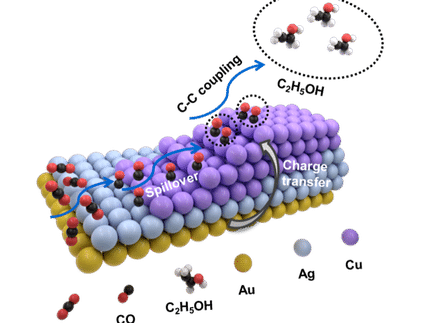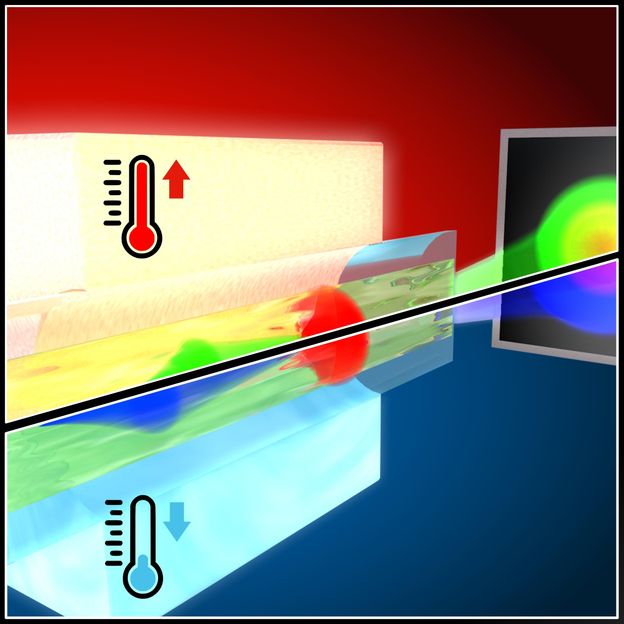New security and medical sensor devices made possible by metallic nanostructures
Scientists have designed tiny new sensor structures that could be used in novel security devices to detect poisons and explosives, or in highly sensitive medical sensors.
The new 'nanosensors', which are based on a fundamental science discovery in UK, Belgian and US research groups, could be tailor-made to instantly detect the presence of particular molecules, for example poisons or explosives in transport screening situations, or proteins in patients' blood samples, with high sensitivity.
The researchers were led by Imperial College London physicists funded by the Engineering and Physical Sciences Research Council. The team showed that by putting together two specific 'nanostructures' made of gold or silver, they can make an early prototype device which, once optimised, should exhibit a highly sensitive ability to detect particular chemicals in the immediate surroundings.
The nanostructures are each about 500 times smaller than the width of a human hair. One is shaped like a flat circular disk while the other looks like a doughnut with a hole in the middle. When brought together they interact with light very differently to the way they behave on their own. The scientists have observed that when they are paired up they scatter some specific colours within white light much less, leading to an increased amount of light passing through the structure undisturbed. This is distinctly different to how both structures scatter light separately. This decrease in the interaction with light is in turn affected by the composition of molecules in close proximity to the structures. The researchers hope that this effect can be harnessed to produce sensor devices.
Lead researcher on the project Professor Stefan Maier from Imperial's Department of Physics, and an Associate of Imperial's Institute for Security Science and Technology, said:
"Pairing up these structures has a unique effect on the way they scatter light - an effect which could be very useful if, as our computer simulations suggest, it is extremely sensitive to changes in surrounding environment. With further testing we hope to show that it is possible to harness this property to make a highly sensitive nanosensor."
Metal nanostructures have been used as sensors before, as they interact very strongly with light due to so-called localised plasmon resonances. But this is the first time a pair with such a carefully tailored interaction with light has been created.
The device could be tailored to detect different chemicals by decorating the nanostructure surface with specific 'molecular traps' that bind the chosen target molecules. Once bound, the target molecules would change the colours that the device absorbs and scatters, alerting the sensor to their presence. The team's next step is to test whether the pair of nanostructures can detect chosen substances in lab experiments.
Professor Maier concludes: "This study is a beautiful example of how concepts from different areas of physics fertilise each other - in essence our nanosensor system is a classical analogue of electromagnetically induced transparency, a famous phenomenon from quantum mechanics."
The research was conducted by the team at Imperial College London in collaboration with IMEC and the Catholic University in Leuven, Belgium, and Rice University in Houston, Texas.
Original publication: Nano Letters 8 April 2009
Other news from the department science
These products might interest you
Most read news
More news from our other portals
See the theme worlds for related content
Topic world Sensor technology
Sensor technology has revolutionized the chemical industry by providing accurate, timely and reliable data across a wide range of processes. From monitoring critical parameters in production lines to early detection of potential malfunctions or hazards, sensors are the silent sentinels that ensure quality, efficiency and safety.

Topic world Sensor technology
Sensor technology has revolutionized the chemical industry by providing accurate, timely and reliable data across a wide range of processes. From monitoring critical parameters in production lines to early detection of potential malfunctions or hazards, sensors are the silent sentinels that ensure quality, efficiency and safety.
































































